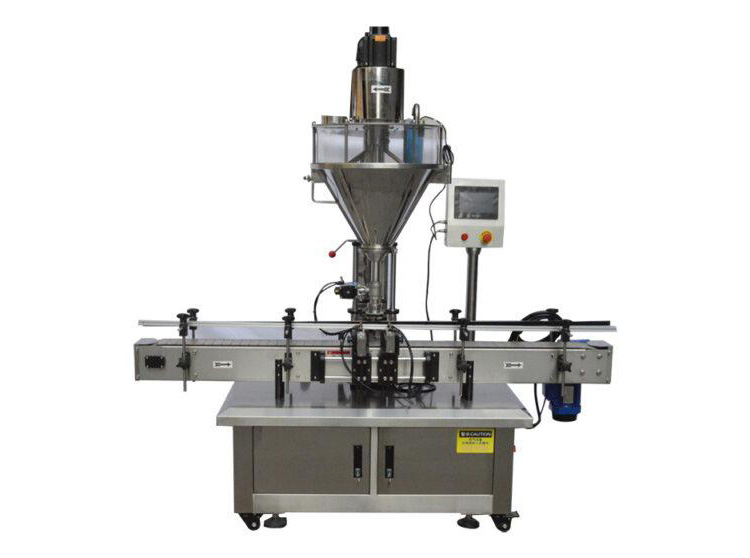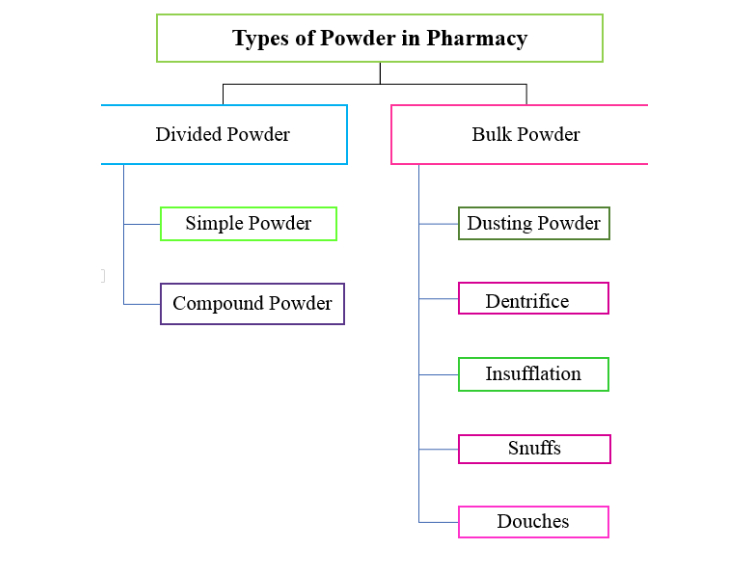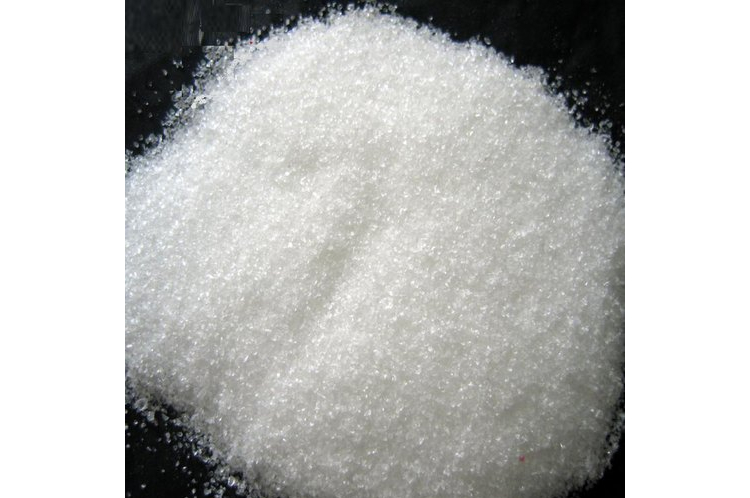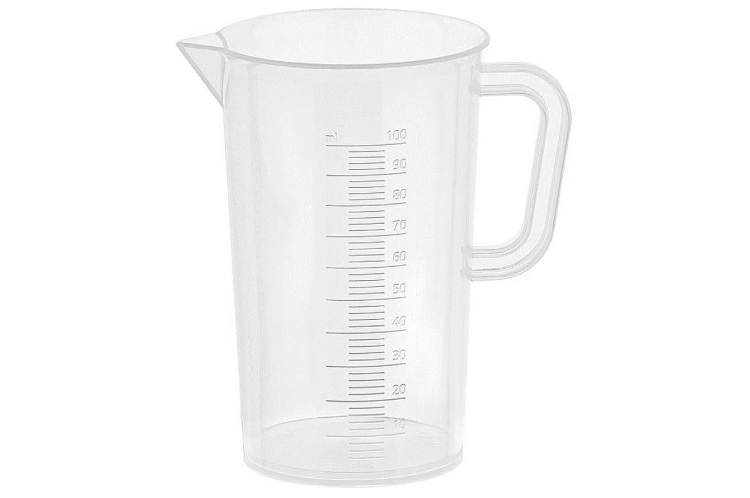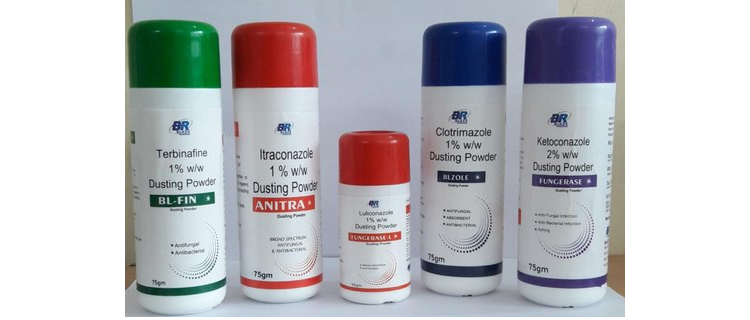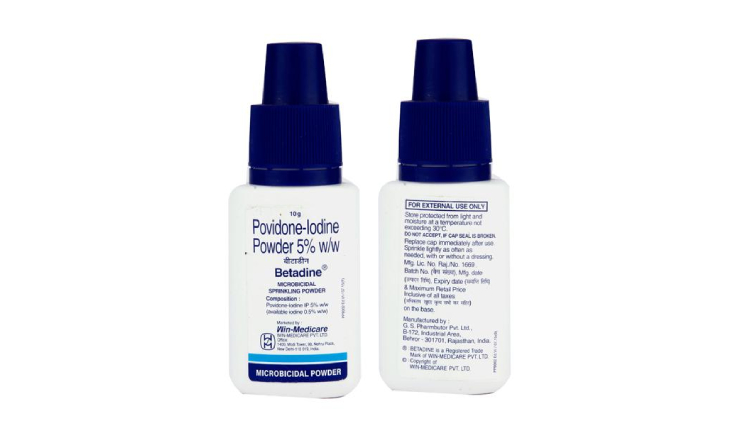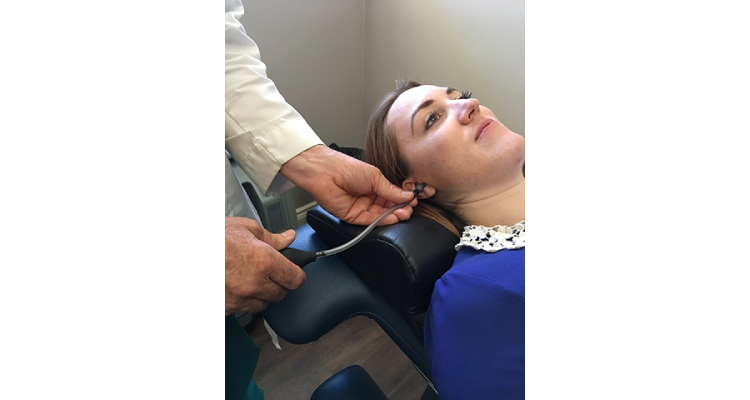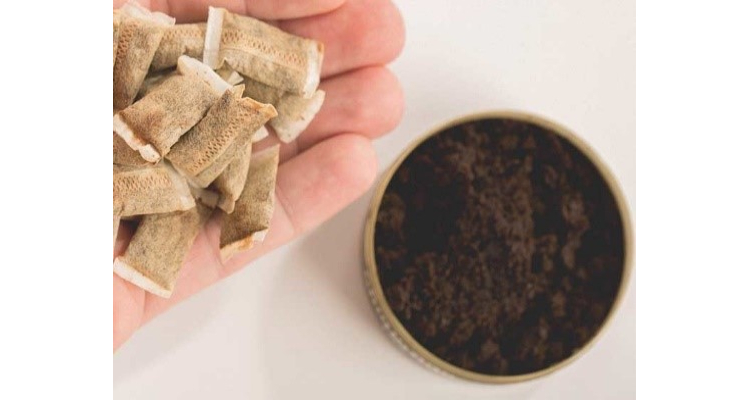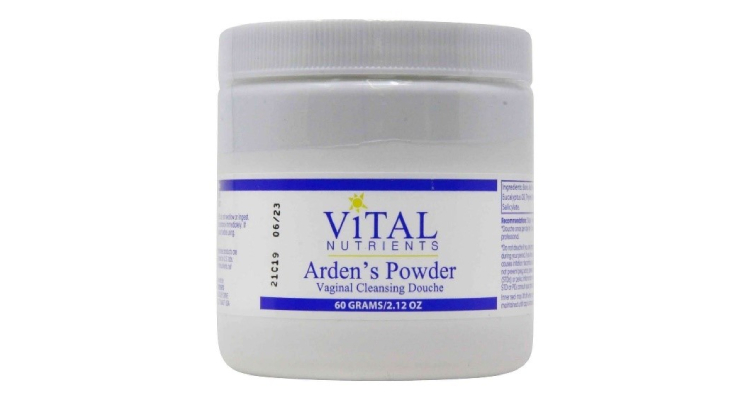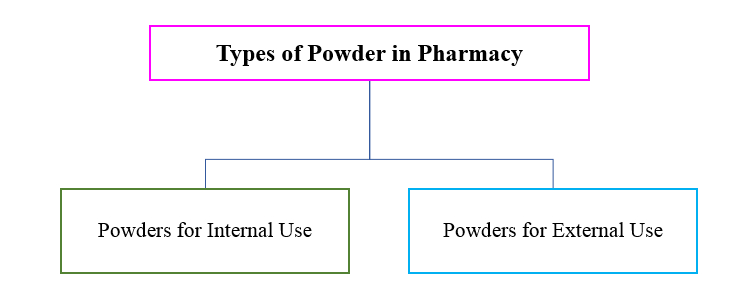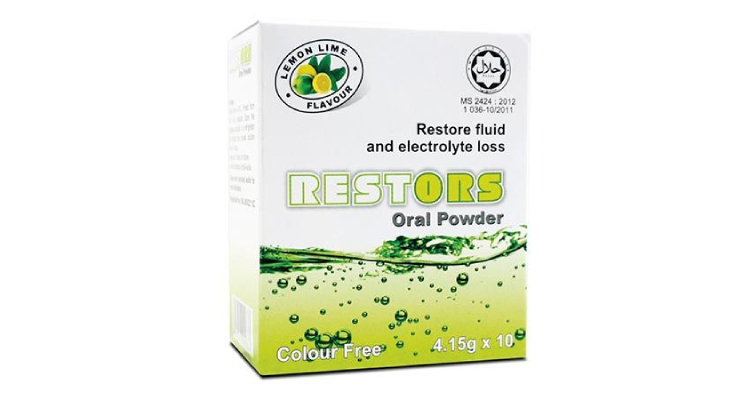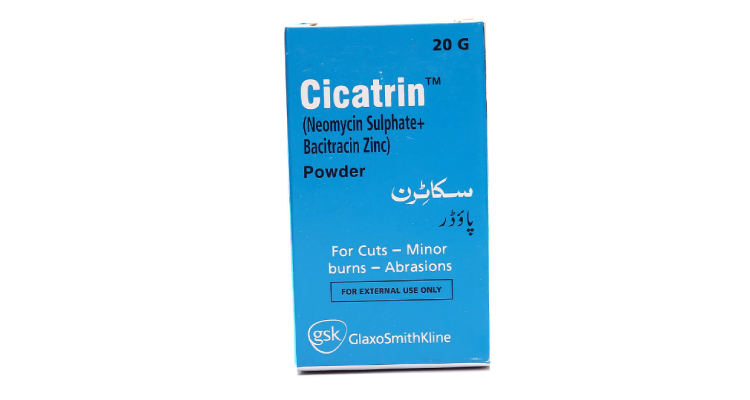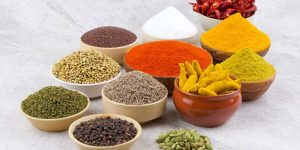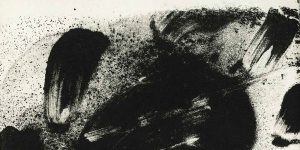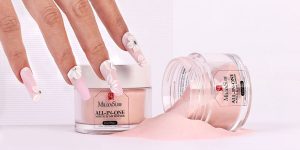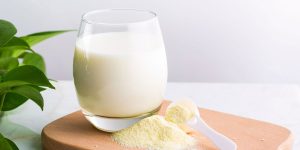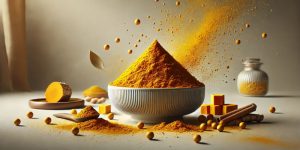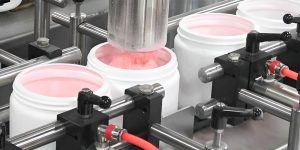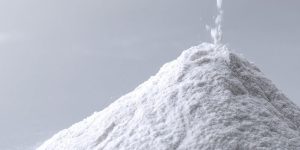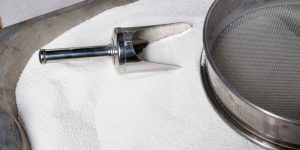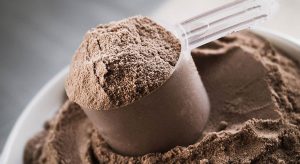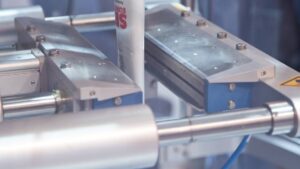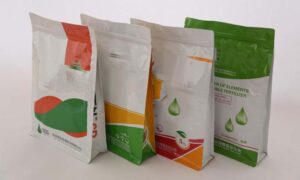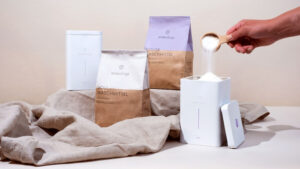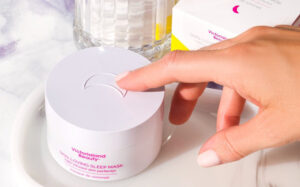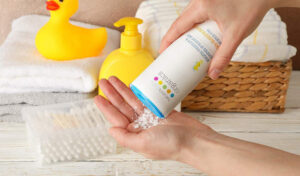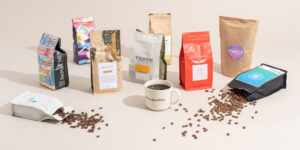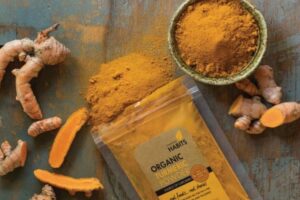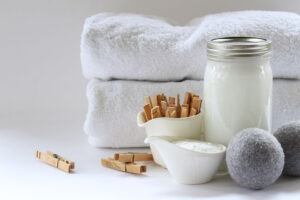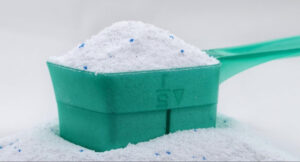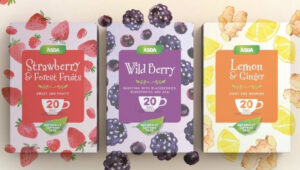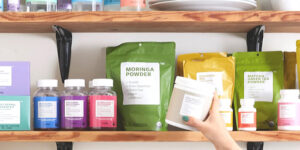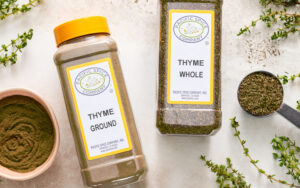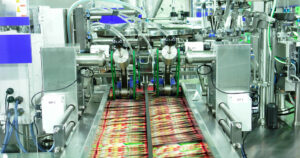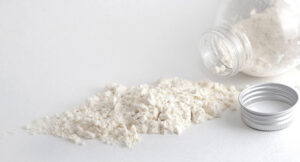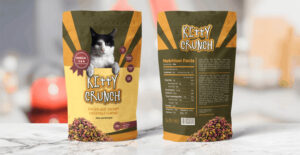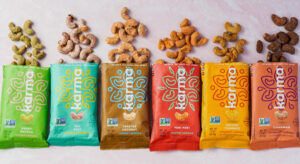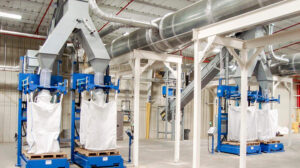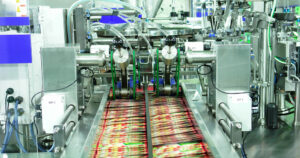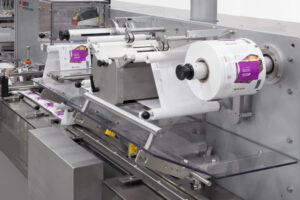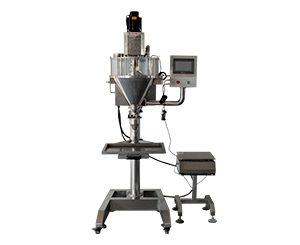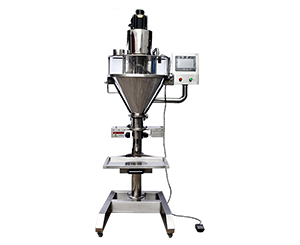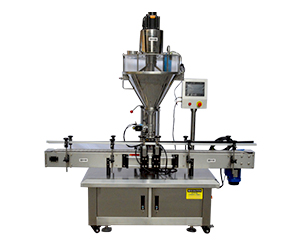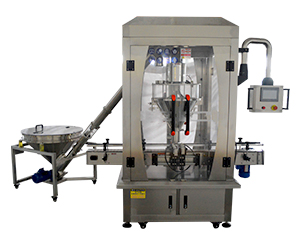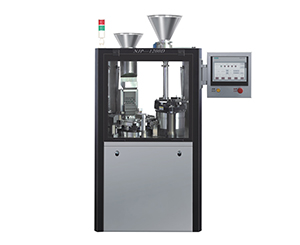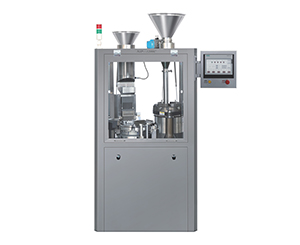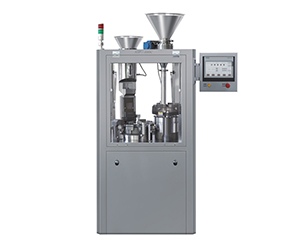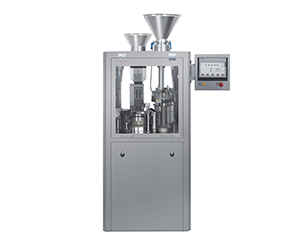Types of Powder in Pharmacy
Before discussing types of powder in pharmacy, firstly we’ll coin the term pharmaceutical powder. Pharmaceutical powders are solid dosage form medicament with a homogenous mixture of one or more drugs in the finest form with or without excipients. Physically, they are available either in crystalline or amorphous form.
A good pharmaceutical powder should be uniform with even particle size distribution. Hence you can easily implement them for pharmaceutical preparations. Whereas an uneven size distribution may result in segregation of formulation consequently inconsistent performance.
A pharmaceutical powder can be categorized into various types, and these include:
I.Types of powders based on particle size
According to British Standard 1993, any distinct particle of size less than 1000µm is called powder. The degree of fineness of the powder is indicated by the nominal mesh aperture size of the sieve.
Let’s have a look at the classification of powder according to their particle sizes.
A.Very Coarse Powder- No.8
- Very coarse powder, you also called it Number 8. Because it can pass through sieve No. 8. with particle size 2.38mm.
- They are not greater than 20% pass-through sieve no. 60.
B.Coarse Powder – No. 20
- All powder particles with size 0.84mm have the ability to pass through sieve No.20 called coarse powder.
- particles not more than 40% pass-through sieve number 60.
C.Moderately Coarse Powder- No. 40
- All powder particles with a size of 0.42mm that can pass sieve No. 40 are known as moderately coarse powder.
- particles not more than 40% pass-through sieve number 80.
D.Fine Powder – No. 60
- All powder particles with size 0.25mm that can pass sieve No.60 are known as fine powder.
- particles not more than 40% pass-through sieve number 100.
E.Very Fine Powder- No. 80
- All powder particles with size 0.18mm that can pass sieve No. 80 are known as very fine powder.
- An extreme degree of fineness.
II. Type of Powder Based on Dispensing
This is another classification of powder generally based on the manner of dispensing. This section is covering different types and their uses.
1).DIVIDED POWDER
Divided powders are a single dose medicament wrapped individually in an aluminum foil, zip lock bag, or paper. These powders are potent and very accurate than bulk powders as a patient does not involve measuring a dose. This method of dispensing was conventionally used in ancient days but replaced with another dosage form such as tablets and capsules.
A.Simple Powder
In this form of powder, only one active ingredient is present either in crystalline form or in amorphous.
A crystalline form of powder is a finely crushed or reduced substance. For instance, aspirin.
B.Compound Powder
Here, you will get more than one active ingredient and other constituents. In pharmacy, they are prepared by trituration (mixing of one or more powdered drugs) using mortar and pestle.
For instance, mixing of aspirin, paracetamol, and caffeine.
2) BULK POWDER
Bulk powders are indicated as non-potent substances. They can be dispensed into a suitable bulk container with a broad opening such as glass jars. You can accurately pack the ingredients using measuring tools such as graduated cups, insufflators, or teaspoons.
These types of powders are relatively nontoxic with a large dose. That’s why, bulk powders are practically confined to antacids, laxatives, and nutritional supplements.
Bulk powders are categorized into various types:
A) DUSTING POWDERS
A dusting powder is used topically employing a sifter top to relieve skin irritation and absorb the moisture to maintain the softness of the skin. Dusting powders are utilized externally for local application. They are not intended for systemically uses. They are used over various parts of the body as a protectant, antiperspirant, lubricant, etc. They are dispensed in an extremely fine state to enhance efficacy and potency.
CHARACTERISTICS OF DUSTING POWDER:
- Homogenous
- Non-irritable
- Free-flowing
- Easy application
- Good adsorption and absorption properties.
- Not intended for broken skin
a.Medicated Dusting Powder
These are sterile dusting powders used for a superficial application that produce soothing effects over skin due to extra heart loss and large surface area. For instance, talc, zinc oxide, and titanium dioxide. Medicated dusting powders are powerful ingredients to protect your skin against microbial growth.
b.Surgical Dusting Powder
As its name shows, they apply to deep skin issues or applied on major wounds caused by burns or applied over the umbilical cord of a new-born. They must be sterile and free from pathogens. Dusting powders are prepared by mixing two or more active ingredients that contain talc or kaolin in their formulation. Talc is a commonly used ingredient due to its chemical inertness.
B) DENTIFRICES (TOOTH POWDER)
Dentifrices, tooth powder, or dental powders are used for cleaning teeth. Their formulation is designed in such a way to give good cleaning effects with the help of a toothbrush. They can easily remove the dental stains and offer fresh and pleasant oral effects. Flavour is a dominant property in determining the sensory effect of dentifrice that is added up to 1% w/w.
C) INSUFFLATIONS
Insufflations are evenly divided powders indicated to be applied in body cavities such as ear, nose, tooth cavities, etc. For their application, you need an insufflator that enables their administration satisfactorily. Powders are sprayed uniformly over the site of application. For potent drugs, pressure aerosols are used.
D) SNUFFS
Snuffs are evenly divided medicament used to inhaled for their antiseptic, vasodilatory, and decongestant properties. In ancient days, it was sniffed and inhaled via a pinch of snuff using a thumb and index finger or snuffing device.
E) DOUCHES
These are used for cleaning the internal body cavity. For instance, A special powder is used to clean or irrigate the vaginal tract. Douches induce soothing effects on the mucous membranes. Douches are dispensed in a prepacked form in an airtight bottle or a container to protect the active ingredient against humidity. They are commonly used after dissolving with water than intended for body cavities.
III. Types of Powder Based on Use
Based on use pharmaceutical powders are classified for internal and external use.
a)Pharmaceutical Powders for Internal Use
Pharmaceutical powders for internal use are recommended to administer orally, (oral sachets), via the nose (snuff), or sprayed into body cavities (insufflation). They are composed of loose, and dry powder with a high degree of fineness with one or more APIs with or without excipients.
b) Pharmaceutical Powders for External Use
These are also known as ‘topical powders’ that is intended for cutaneous use or external applications. Their preparations involve solid, loose, and dry substances with a modulated degree of fineness. You can find them with one or more active pharmaceutical ingredients with or without excipients. They are commonly used topically over the compromised area. They are not recommended to apply over deep wounds as tough crust maybe form.
IV. SPECIAL POWDERS
A.EUTECTIC POWDER
Eutectic powders are ingredients having a low melting point, upon mixing, rubbing, or trituration they turn into liquid form. For instance, menthol, thymol, or camphor powder.
B.EFFERVESCENT POWDER
They are a special form of medicament for internal use. They are dispensed in a sachet form that contains active ingredients with citric acid, sodium bicarbonate, and sweetening agents. Before administration you may add the desired concentration in water, the reaction between acids and bicarbonate liberates effervescence upon release of the carbon dioxide fizz.
Conclusion
With the development of formulation sciences, powder has been compounded with more precision and accuracy. Although the main applications of powder are now substituted with tablets and capsules, still many key products are available in powder form. You may pursure AIPAK Powder Applications to find more extensive knowledge, powder filling machines, videos, photos and informative posts.
Don't forget to share this post!
Powder Filling Machine Related Posts
Powder Filling Machine Related Products
Powder Filling Machine Related Videos
CONTACT US
Tell us your raw material and project budget to get quotations within 24 hours.
WhatsApp Us: +86 181 6426 8586
Want the best price & newest pharmaceutical machinery buying guide,tips and trends sent straightly to your box?Sign up for AIPAK’s monthly newsletter,we’re free for your consultation and Offer you the most suitable solutions!
The Buyer's Guide
- Capsule Filling Buyer's Guide
- Blister Packaging Buyer's Guide
- Tablet Counting Buyer's Guide
- Tube Filling Buyer's Guide
- Cartoning Buyer's Guide
- Gummy Making Buyer's Guide
- CO2 Extraction Buyer's Guide
- Empty Capsules Buyer's Guide
- Suppository Filling Buyer's Guide
- Tablet Coating Buyer's Guide
- Tablet Press Buyer's Guide
- Softgel Encapsulation Buyer's Guide
Most Popular
- 7 Importance Of Pharmaceutical Packaging In Different Applications You Must Know
- 6 Advantages You Must Know About Tablet Counting Machine
- 8 Advantages of Blister Packaging You Must Know
- 6 Critical Applications of Automatic Capsule Filling Machine
- 6 Stations You must Know to Improve the Filling Quality of Automatic Capsule Filling Machine
